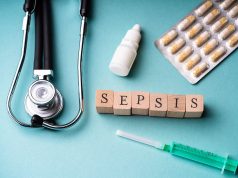Past-year mental health treatment and community supervision involvement tied to receiving treatment
By Lori Solomon HealthDay Reporter
MONDAY, June 9, 2025 (HealthDay News) — Most individuals in the United States with cannabis use disorder (CUD) do not receive treatment, according to a study published online May 19 in Substance Use & Misuse.
Brian D. Graves, Ph.D., from Florida Atlantic University in Boca Raton, and colleagues used national data to examine predictors of receiving CUD treatment and reasons for not receiving treatment across 16 years. The analysis included data from the 2003, 2011, and 2019 National Survey on Drug Use and Health.
The researchers found that across time points, CUD treatment utilization decreased, and most individuals with CUD did not receive treatment. While there were a variety of reasons for not receiving treatment, results suggested that people increasingly did not know where to access treatment, were not ready to stop use, could not afford treatment, and perceived stigma or occupational impact. Consistent predictors of treatment included receiving past-year mental health treatment and community supervision involvement. Significantly lower odds of CUD treatment were seen for Hispanic individuals versus non-Hispanic White individuals in 2003 but not later years. After 2003, prior arrest was significantly associated with two to three times higher odds of receiving CUD treatment.
“Our findings highlight an urgent and growing need for targeted outreach and improved education about available treatment options for CUD,” Graves said in a statement. “Achieving access to care requires coordinated, systemic efforts that prioritize the unique challenges faced by varied communities affected by CUD.”
Copyright © 2025 HealthDay. All rights reserved.



















